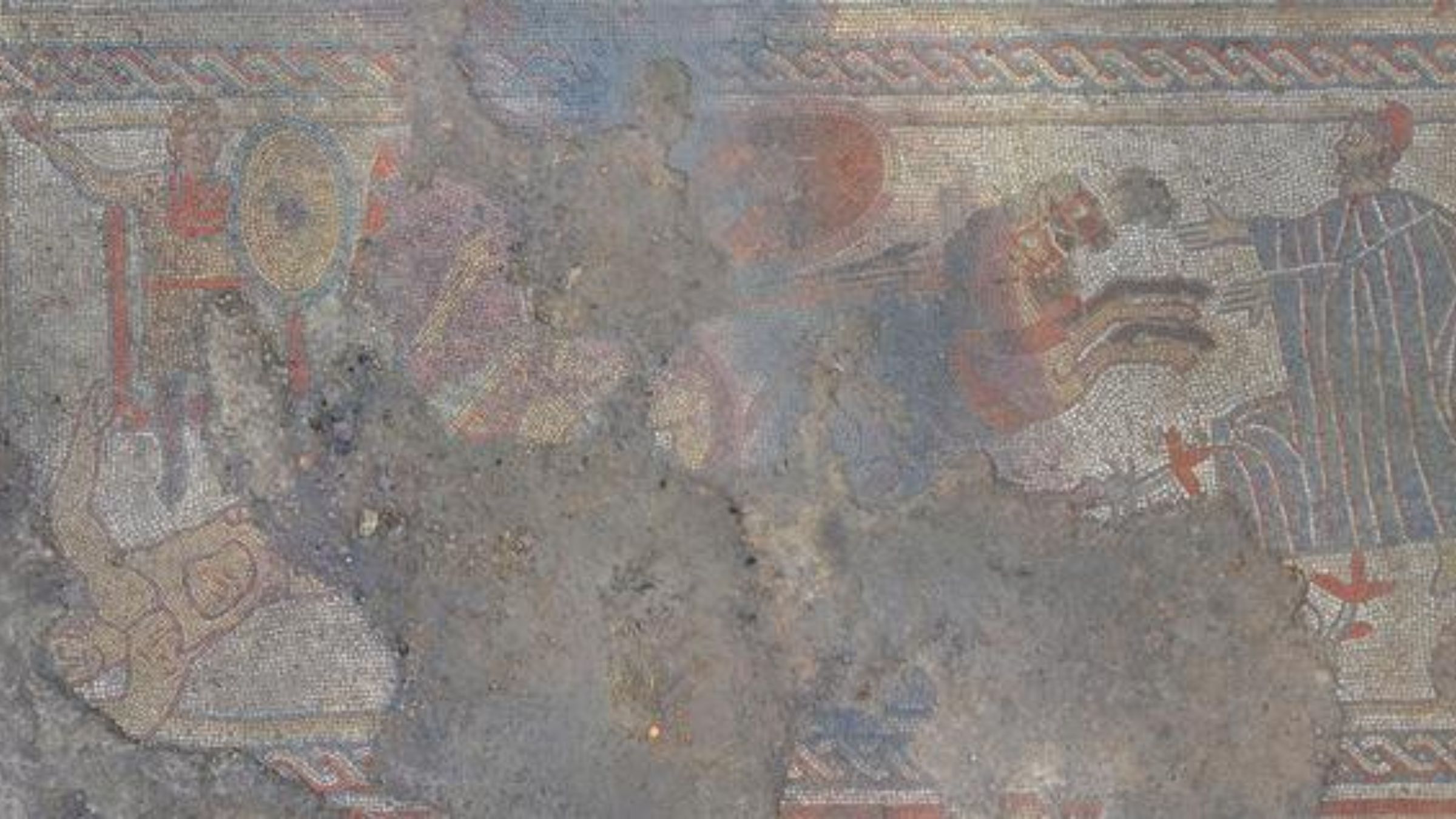New Sensors to Listen for Deep Tremors in San Andreas Fault

Seismic detectors will be installed along a stretch of the San Andreas Fault early next year to study mysterious tremors deep underneath, in the hope they will provide information about events that lead up to major quakes.
Seismologists will begin the installation in early 2011 near the town of Cholame, Calif., where the tremors were first detected in 2004. Tremors, which are different from earthquakes, are extremely faint, periodic rumblings some 12 to 25 miles (20 to 40 kilometers) underground far deeper than earthquakes. Studies suggest tremors may serve as precursors to earthquakes.
"The discovery of tremors deep in the roots of active plate boundary fault zones is arguably the most important discovery in earthquake science in decades," said Roland Bürgmann of the University of California, Berkeley, part of the team that will install the sensors, in a news release about the project. "This is the first project in which a permanent instrument network has been specifically designed with tremor in mind."
There is already a large network of earthquake sensors north of the site of the new project, which is being called TremorScope. The TremorScope instruments will record new data about how the southern San Andreas Fault works, said another team member, Barbara Romanowicz of the Berkeley Seismological Laboratory.
The Cholame tremors occur where the creeping , fairly benign middle section of the San Andreas Fault meets the locked, and thus more potentially dangerous, southern section. Many damaging large quakes have started here and spread southward. The last major quake on the southern San Andreas Fault was the 7.8-magnitude Fort Tejon earthquake in 1857.
While tremor studies may tell geologists what is happening deep under the southern locked portion of the San Andreas Fault, they also may aid earthquake prediction, similar to the way that tremor activity near volcanoes warns of eruptions.
"Since the tremors are really sensitive to small stress changes, changes in tremor activity may be the flag or signal that people have been looking for as a precursor to an earthquake," said team member Robert Nadeau, also of UC Berkeley.
Get the world’s most fascinating discoveries delivered straight to your inbox.
The tremors may originate in small brittle regions that stick and break, while the bulk of the deeper rock creeps more fluidly, Bürgmann said. Whatever the mechanism, study of tremors should turn up new information about how earthquakes are triggered.
"Tremors are markedly different in character from 'normal' earthquakes, and are now allowing scientists to obtain entirely new insights into the dynamics of fault processes at plate boundaries at otherwise inaccessible depths and directly beneath where earthquakes occur," Bürgmann said.



